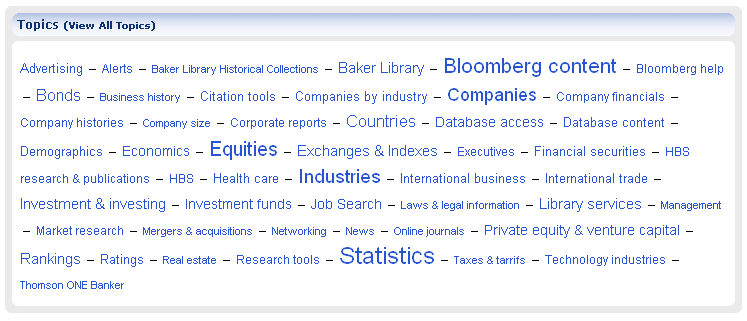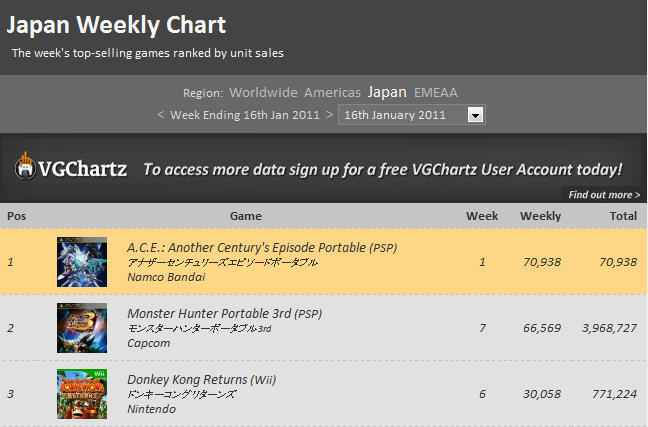While the origins of the hamburger can be traced back to 17th century Hamburg, Germany, this tasty, handheld meal owes its long-standing popularity to its development over the last two centuries on these shores. And the basic recipe - ground beef patty sandwiched between two bun halves - is still being tweaked today, thanks to creative chefs who recognize the enduring appeal of this most American of menu offerings. Great hamburgers can be found in nearly every city across the country. Here are a few that have caught this burger enthusiast's tastebuds over the past few years:
1. Garmisch Cheeseburger - Garmisch Lodge, Cable, Wisconsin. Nestled in the majestic northwoods of western Wisconsin, the Garmisch Lodge is found on the shores of beautiful Lake Namakogan. The lodge's Bierstube Eatery offers guests pristine views of the lake, as well as one of the greatest cheeseburgers you'll ever lay your hands on. Featuring a high-quality, half-pound, grilled-to-order patty, a sweet, fresh-baked bun, your choice of cheeses (bleu is my recommendation) and a host of potential add-ons, including carmelized onions, bacon and pickles, this northwoods treat is likely as good as you'll find, especially when you get it alongside an order of deep-fried Wisconsin cheese curds.
2. Rosebud Burger - Rosebud Steakhouse, Chicago, Illinois. There are a few better settings for devouring a delicious burger than a dark, wood-paneled, white-linen-tableclothed, old-school-Chicago dining room like the Rosebud. And there are few better burgers in the whole of these United States than the one you'll find there. Made from the highest-quality beef ground right there in the restaurant and served on a delicious pretzel bun, the Rosebud burger is a gargantuan achievement that weighs in at nearly a pound, so you're likely going to need one of the Rosebud's Chuck-Norris-ready steak knives in order to get this thing into your mouth. It's definitely worth the trouble though. Believe me.
3. Counter Burger - Counter Cafe, Austin, Texas. Texas-centric publication Texas Monthly ranked this burger second on their top burgers in a Texas list a couple of years ago, and for good reason. This juicy little miracle absolutely oozes with flavor, especially when it's paired with a slice of cheddar cheese and some grilled onions. Do yourself one better and get it with a side of sweet potato fries. I swear to god I'm getting hungry just writing this.
4. Shack Burger - Shake Shack, New York, New York - Shake Shack may be a chain (there are a grand total of seven Shake Shacks, five of which are scattered throughout Manhattan), but the food there is as fresh-tasting as you'll find anywhere. The Shack Burger, which comes with American cheese, lettuce, tomato and the mysteriously delicious Shack Sauce is bound to please the snobbiest of burger connoisseurs, be they in the mood for a single or a double patty version. Cooked to a pleasant medium and, ideally, nestled alongside an order of hot n' gooey Cheese fries (and maybe a hand-spun caramel malt), it's the perfect way to take a bite out of the Big Apple.
5. Hudson New American Public House, Seattle, WA - Visitors to the rainy paradise of Seattle, as well as longtime residents, are strongly advised to check out this recently-opened gastropub in the heart of the city's Maple Leaf neighborhood. In addition to an always excellent, rotating selection of beers and a fine, well-rounded menu, Hudson offers up a mighty tasty, plate-crowding, napkin-soaking burger that will likely hold its own against the other faves on your personal burger list. Served with pickled onions, romaine, tomato, pickles, whole grain mustard aioli and house fries, it becomes even more memorable once you add a couple of slices of Zoe's bacon, a slab of smoked Tillamook Cheddar and a fried duck egg. Just try it for yourself and then try to tell me I'm wrong.

























